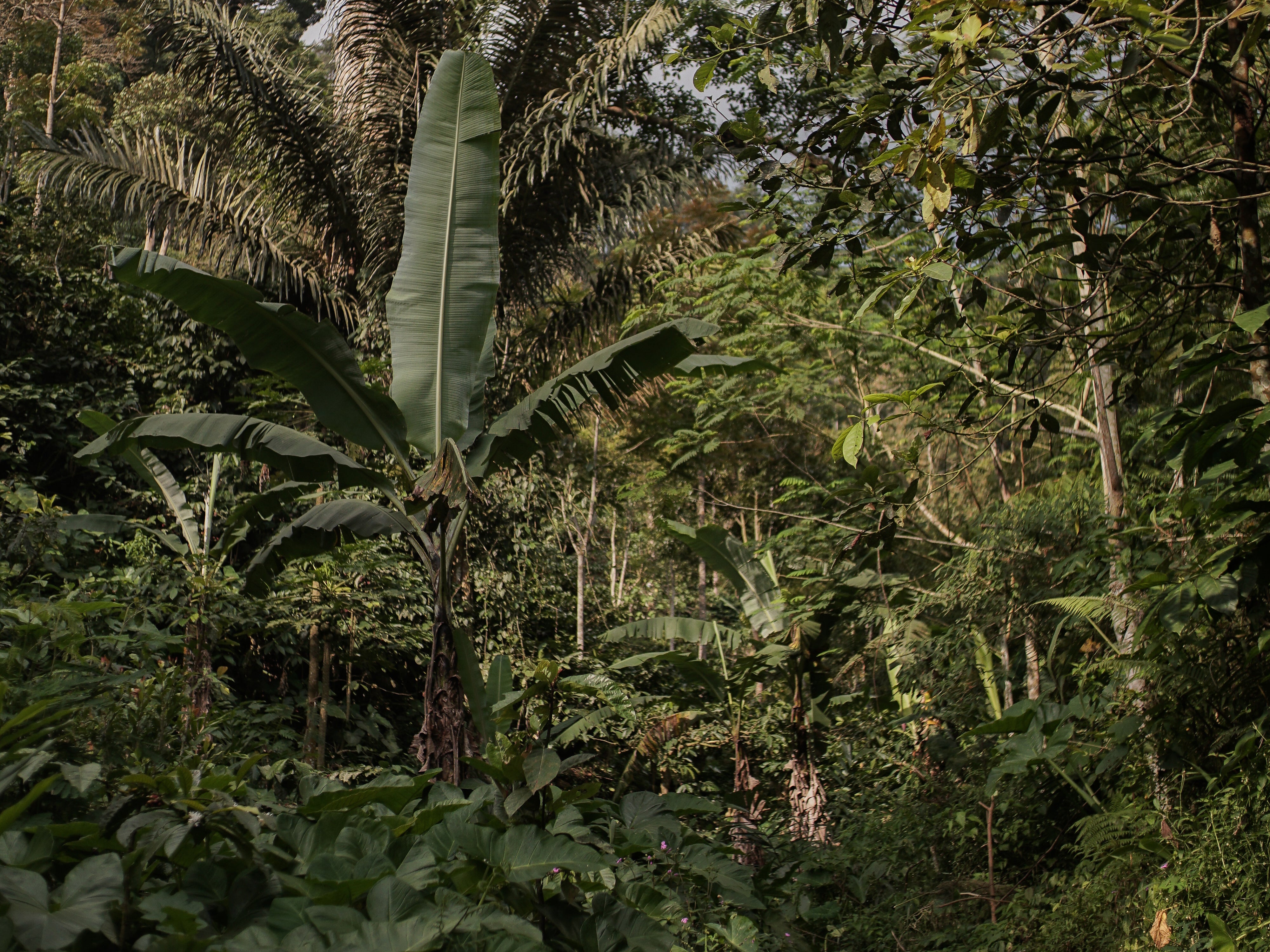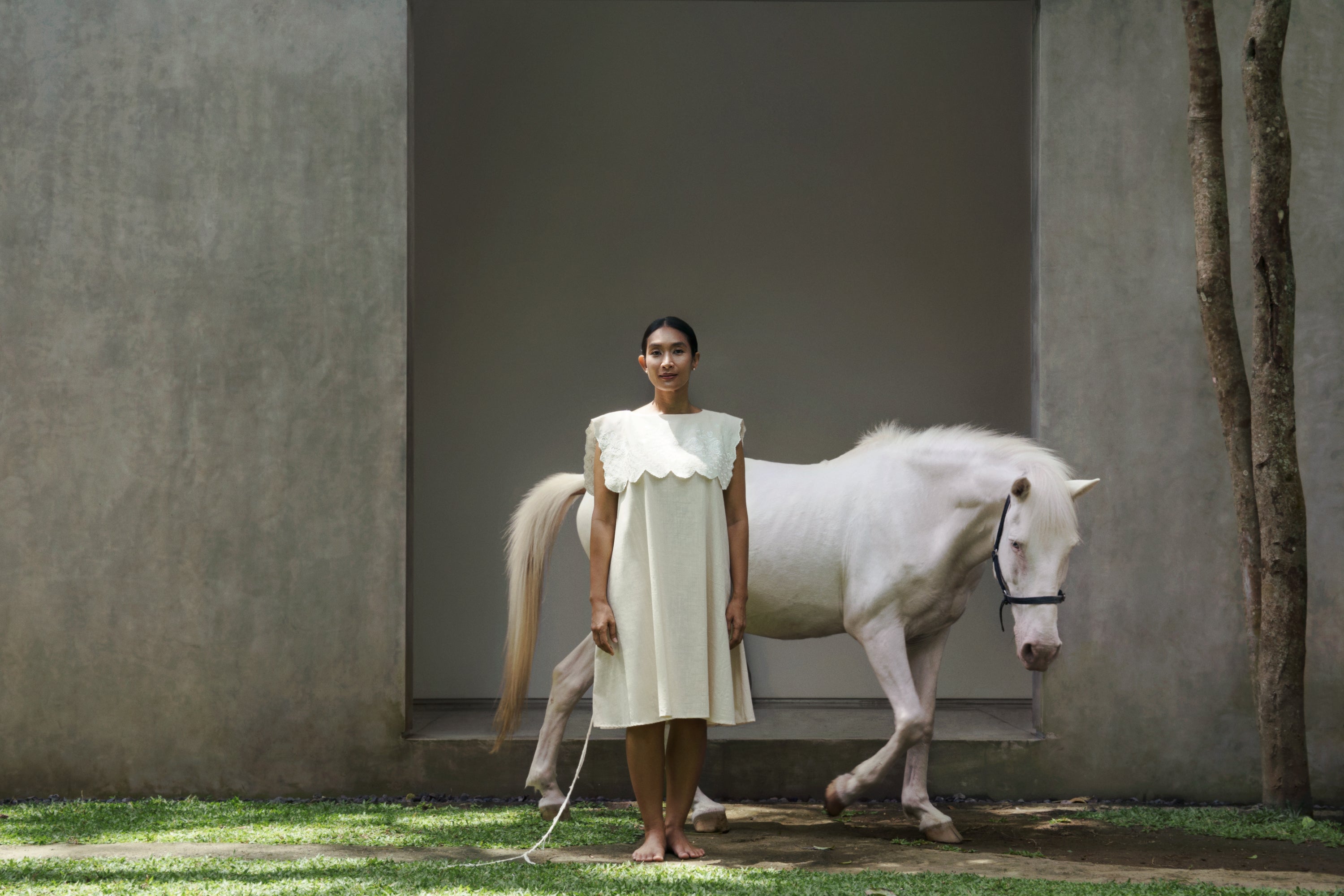
The roots of Batik are ancient and difficult to trace. No one knows exactly when, or where, people began to perform resist-dyeing techniques - which is the essence of the craft. According to historic records, it was used in places as diverse as Egypt, Africa and India, but it is in the island of Java that it flourished as one of Asia's greatest art forms.
The word ‘batik’ itself came from the word ‘titik’, which in Indonesian means dot. It was a significant part of Javanese culture as traditionally Javanese women would make Batik fabrics only for personal use and ceremonial purposes. The craft became a way of storytelling, embedding meaning and values through motifs drawn using hot wax, combining the hand, the mind and the heart in its practice.
Starting with a piece of white cloth, the motif is first drawn using a pencil. Meanwhile, a special kind of wax is heated on a small stove. Its composition varies from village to village - ours is made from a combination of beeswax, pinewax and paraffin, excluding the commonly used lard as I am vegetarian. Once the wax is liquid, the artisans fill it into a small pen, called tjanting, that is used to trace the pencil marks on the fabric.
The batik technique can only be performed on natural fibers such as cotton or linen (our signature fabrics). The hot wax penetrates through the fabric, sealing it on both sides. During the following dyeing process the wax protects the covered areas, preserving the textile’s original color. The motif is finally revealed by boiling the fabric, returning the wax into its liquid state and removing it.


The beauty of this craft is in its one-of-a-kind nature, as each piece is hand-drawn one at a time. There are no two items that will ever be the same – each fabric is a unique piece of art created by one artisan in her unique style. By using plant-based natural dyes that our artisans grow and process themselves, each scarf, kimono or shirt becomes even more distinct from one another: Since natural dye requires many dips to create a deep, rich color, the wax slowly cracks in unique patterns, giving rise to fine lines on the motif.
In today's age where mass and fast bombard our everyday choices, we wanted to inspire our community to seek provenance by knowing that each piece is hand-crafted by the women in our villages. Instead of letting craft be a sunset industry, hung in museums, we wanted to bring back this storytelling tradition through our modern reinterpretation of this heritage.
This is how we envision fashion, #MadeRight. Join the movement.





